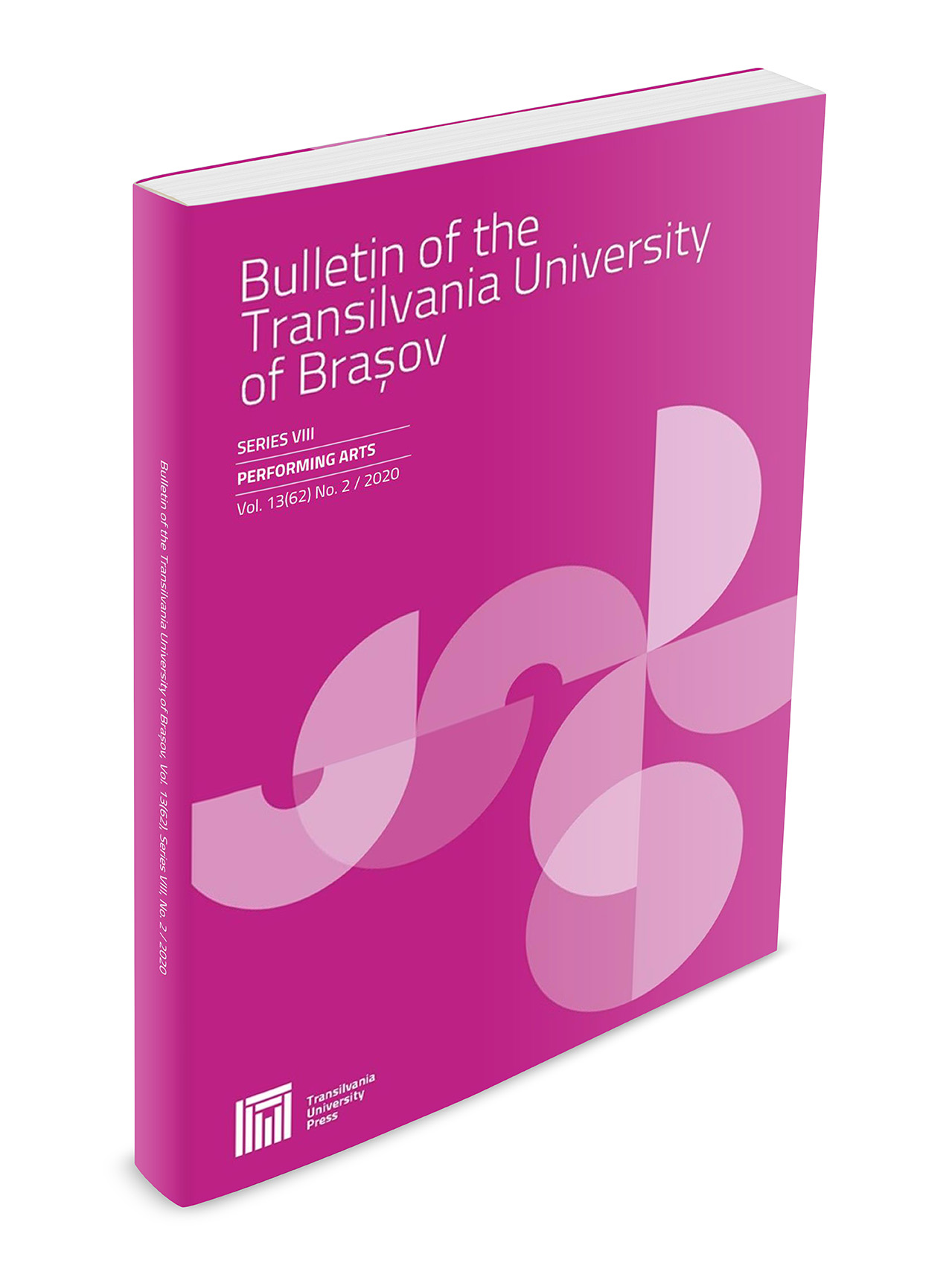Beethoven’s C minor and the anxieties of inner conflict from the perspective of the Piano and Violin Sonatas
DOI:
https://doi.org/10.31926/but.pa.2023.16.65.3.12Keywords:
Beethoven, piano, violin, sonata, art&music, patheticAbstract
Causing a radical change to the musical language at the turn of the 19th century, Beethoven is the composer of a profound musical discourse which expressively exploits a ceaseless alternation between rhetoric and virtuosity, thus elevating music to new stylistic and aesthetic heights. In consonance with the darkest entities of Beethoven’s emotional plane, the C minor tonality has the quality to emphasize the symbolic character of music typical of the analogies created between its own sonorities and the different, mostly febrile, states of mind. Under the aegis of an authentic and evolutive vision, the piano and violin sonatas follow the ascending path of the musical language, the composer focusing attention on his works according to experienced emotions and conveyed artistic message. Therefore, the composer will begin his first period of creation works in a classically aesthetic pattern which, gradually elaborated, will be centered on the pathetic C minor of the piano and violin sonata op. 30, no. 2.Downloads
Published
Issue
Section
License
Copyright (c) 2023 Bulletin of the Transilvania University of Braşov. Series VIII: Performing Arts

This work is licensed under a Creative Commons Attribution 4.0 International License.




